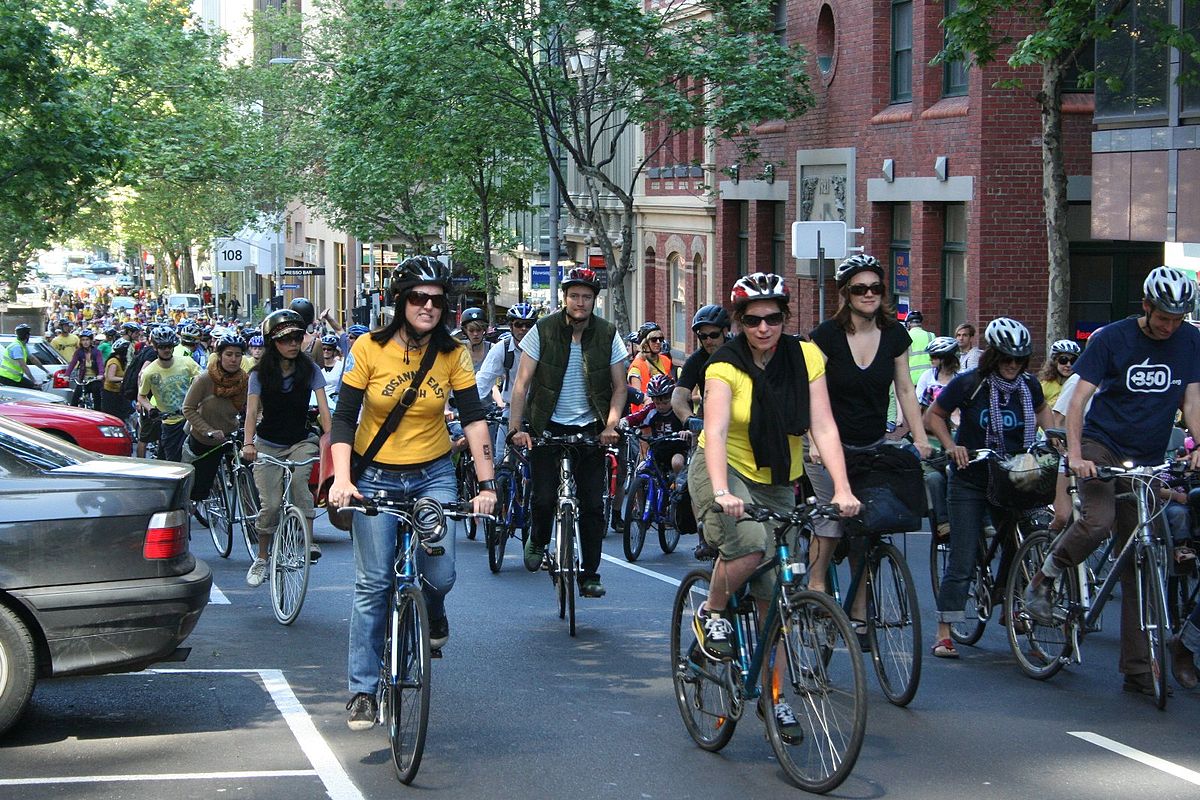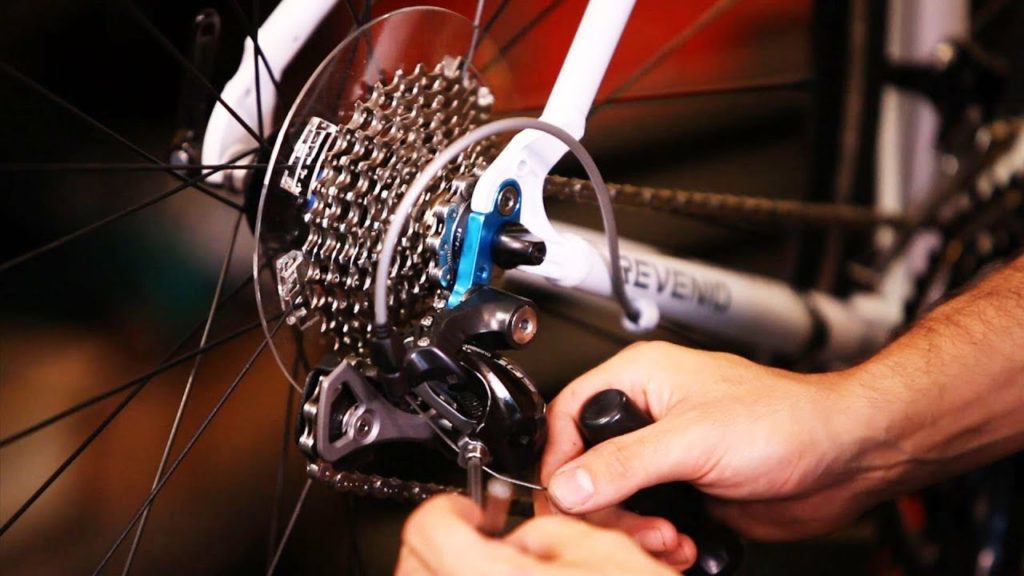5 Maintenance Tips to Keep Your Bike in Good Condition

I first got into cycling because I got fed up with the traffic in my daily commute. Now I ride my bike almost every day. Not only do I breeze through rush hour traffic but I’m getting my daily exercise. More than all these, I just really enjoy riding my bike and navigating my way through the city. My greatest weakness in cycling, however, is in maintaining my bike. I’ll admit, I’m quite lazy. After a ride, I generally just leave my bike up on its rack without so much as a wipe down. I realize this is a bad habit to practice so naturally, I looked for the easiest and quickest ways to keep my bike in tip-top shape without having to spend too much time and effort. Here are my top five tips to keep your bike in good condition.
-
Clean Your Bike after Every Ride
A quick and simple wipe down of my bike is usually what I do after every ride. I use a clean cloth and simply wipe the frame, handlebar, seat, or wherever I see any dust collecting. This is especially important if you are into mountain biking. You’ll need to clean the tires a bit too as lots of dirt and mud can get stuck on. Check out some mountain bike beginner tips if you are just getting started at it. This cleaning routine doesn’t take me more than five minutes and with cleaning materials available at home. For rides when it rained or the road is wet and my bike becomes a little too dirty, I find that warm soapy water works great. Cleaning your bike every after ride won’t only keep your bike looking fresh but it keeps bike parts resistant from wear and tear.
If you’re using an electric- or gas-powered motorized bicycle, you’ll have to clean the motor of your bike as well. Motors need maintenance, so consider getting your motorized bike serviced professionally.
-
Lubricate Your Bike
After a good cleaning, it is time to lubricate the parts of your bike that have a metal to metal contact. This means the drive train, derailleurs, pedals, etc. This will keep your bike from getting damaged from friction. There are three types of lubricant: grease, special products, and thread locks. Grease is usually used for parts of the bike that don’t get taken apart that often. A special grease is used for reactive metals and carbon fiber bike components. Thread locks are used to prevent bolts from coming loose on your bike.
-
Adjust Your Gear
Indexing your gear is really simple. So if they aren’t working properly, you can usually adjust them yourself. Adjusting the rear derailleurs is as simple as twisting the barrel adjuster in small increments. These small changes make a huge difference in your riding performance. If that still doesn’t make gear changing smooth, consider changing your gear cables. They might be old and frayed at this point making it impossible for the system to function properly. Check your brakes while you’re at it. Your bike will feel much nicer as a result.

-
Inflate Your Tires Properly
Before, I usually inflate my tires by ear. I pump air and press on the tire until I feel they are hard enough then jump on my bike and go. I soon realized that riding at an incorrect tire pressure will not only decrease my performance and damage my bike in the long run, but it could also affect my posture. The correct pressure of your bike depends on a number of factors including your weight, the type of bike, the kind of ride you take, and the road condition. Once your tires are inflated properly, check them regularly before each ride. The right tire pressure can make a huge impact on the handling of your bike. As a general rule, a rider that’s less than 70 kg should inflate their tire at less than 100 psi and never go below 80 psi. For larger riders, go up to 120 psi.
-
Check Your Components
Regularly check the parts on your bike for things like bolt tightness using a torque wrench to make sure you’ve got them to the correct tension. Even a cheap torque wrench can do the job. Practicing this will mean a safer journey on your bike and will result in a nice and quiet bike that functions as it should. For components that wear out, replace them before they even get to the point of breaking. It might be financially painful to replace components, but in almost all instances, it saves money in the long run if you change them when they need to be changed and not waiting until you absolutely have to.
Author Bio:
Sarah Brooks, a passionate blogger and frequent traveler, enjoys writing about technology, basic automotive hacks to know and more. She is currently working with Newdawn Towing & Recovery LLC, one of the leading companies, that offer auto towing in Cincinnati.